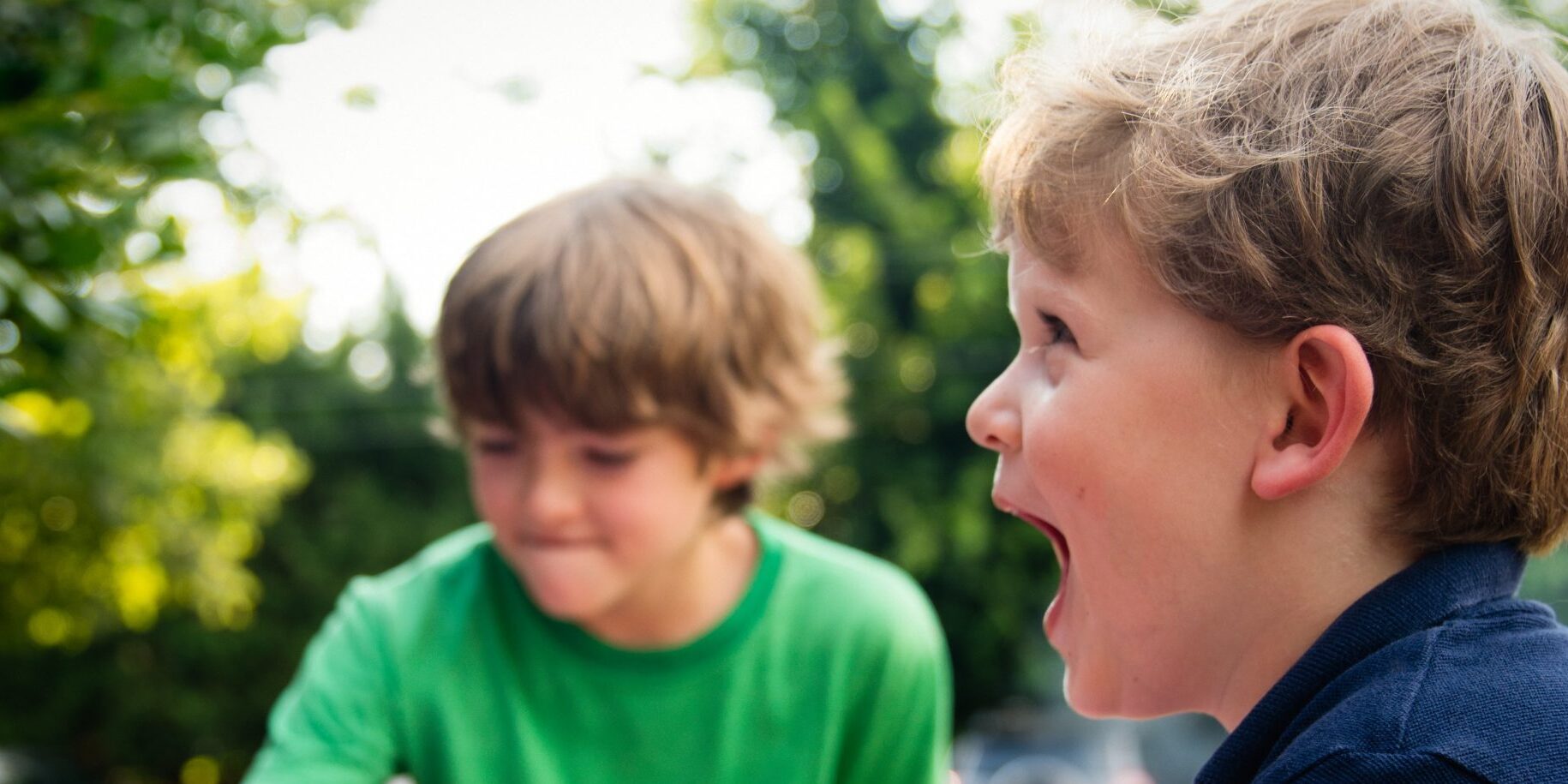Foster care activity isn’t bad. In fact, foster care activity is what has protected children, reunified families, and created new families for decades. Foster care activity includes all the functions of professional agencies and other organizations that seek the well-being of children and families. So, foster care activity isn’t bad — it just isn’t enough. Decades of foster care activity has us still playing catch up in communities across the country. Children still wait and families still struggle under the weight of the words, “not enough”: Not enough resources, not enough support, and not enough families.
However, in many communities around the country, foster care movement has emerged and it is changing things. People are coming out of the woodwork in communities to care for children and families in a multitude of ways from mentoring, to advocating, to supporting existing foster families in a way that keeps those foster families in the game a LOT longer.
So, what is the difference between foster care activity and foster care movement? While there are several differences, one, in particular, stands out: Foster care activity is initiated by agency-led programming, while foster care movement is initiated by community-led advocacy. In other words, when professionals in child welfare are joined by members of the community who are not getting paid to do so, foster care movement begins to take shape. It happens when the community stops pointing at professionals and seeing the foster care crisis as “their” problem. Foster care movement happens when the community recognizes that this is “our” problem.
Children and families need our professional social workers, our lawyers, our judges, and our therapists and all the experience they bring. They also need more. Professionals are doing so much but they simply can’t do all that needs to be done without the community coming around them with a variety of gifts, skills and experience.
This very thing is happening in communities across the state of Arkansas. Ann Meythaler was a foster and adoptive mom and preschool teacher in the Northwest part of the state. She wasn’t a child welfare professional but knew there was more she and her community could do. She was a foster parent herself and when she went to trainings and talked to other new foster parents, she discovered that they almost always got into foster care as a result of knowing another foster family. Not a radio ad. Not a billboard. They became foster parents because they knew foster parents.
Ann began volunteering with The CALL (Children of Arkansas Loved for a Lifetime) and started mobilizing faith communities in four counties in Northwest Arkansas. She realized that the way to recruit new foster families was to make sure the folks in her community knew existing foster families. So she started asking people in churches to provide wrap-around support for foster families. Two birds, one stone. The families got the support they needed to stay foster parents and families in the community got the exposure to foster care they needed to decide to become foster parents. It is a beautiful circle . . . and the results are amazing.
In Benton county, one of the four counties where Ann works, there were 0.4 beds per child when she started advocating 10 years ago. Today, there are 1.26 beds per child. So when a new child gets placed in foster care in Benton county, they very seldom have to look around the state for a placement like they used to do all the time. The community has provided more than enough foster families for its kids.
This kind of community engagement is impressive in any county. However, the CALL has advocates like Ann in 52 of Arkansas’ 75 counties. They work hand-in-hand with state and county child welfare and work with nearly 1000 churches. They have recruited and trained 67% of all certified foster families in the state of Arkansas. That’s not a typo.
Lauri Currier, Executive Director for The CALL summed up community-led advocacy best, saying, “Normal, regular, everyday people can step up and stand in the gap for these kids. And it makes it much easier when you know that you’re going to be surrounded by people in your church community as you do the hard work of fostering.”
This is what happens when communities take responsibility for their children and families. It is what happens when we move from foster care activity to foster care movement. It is what happens when a preschool teacher sees a problem in her community and says, “I can do something about that.”
NOTE: For this and other inspiring stories, check out the More Than Enough Podcast. It is available for download from iTunes, Google Play, Spotify, and Stitcher.
A version of this article first appeared in Jason Weber’s regular Foster Movement column of the Fostering Families Today magazine (Sep/Oct 2020 issue). To learn more about how you or your organization can subscribe to this great resource, click here.

